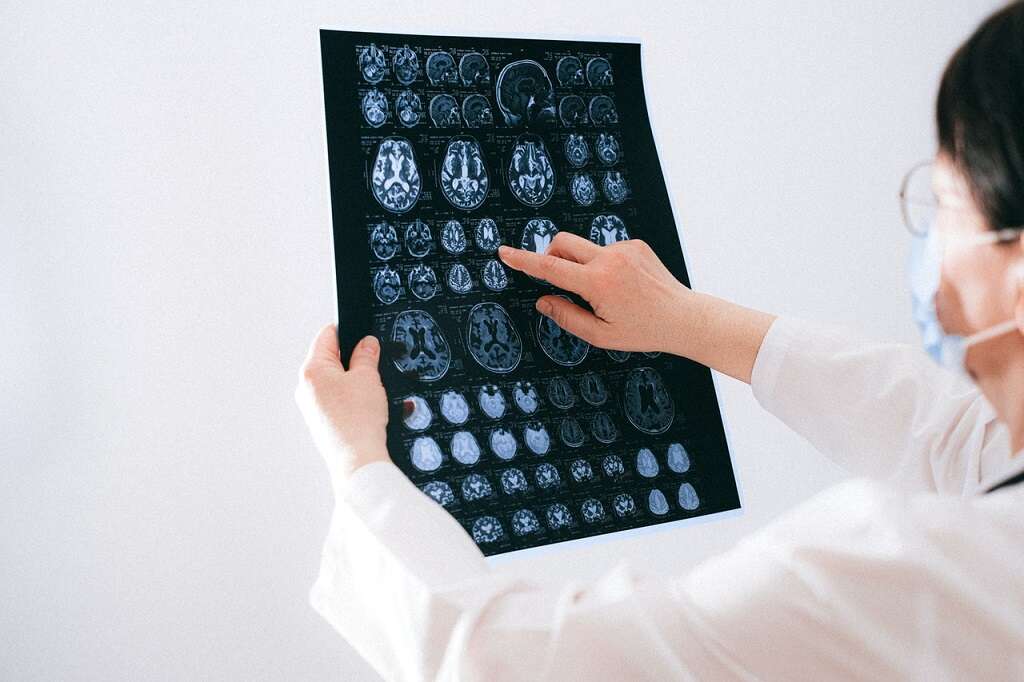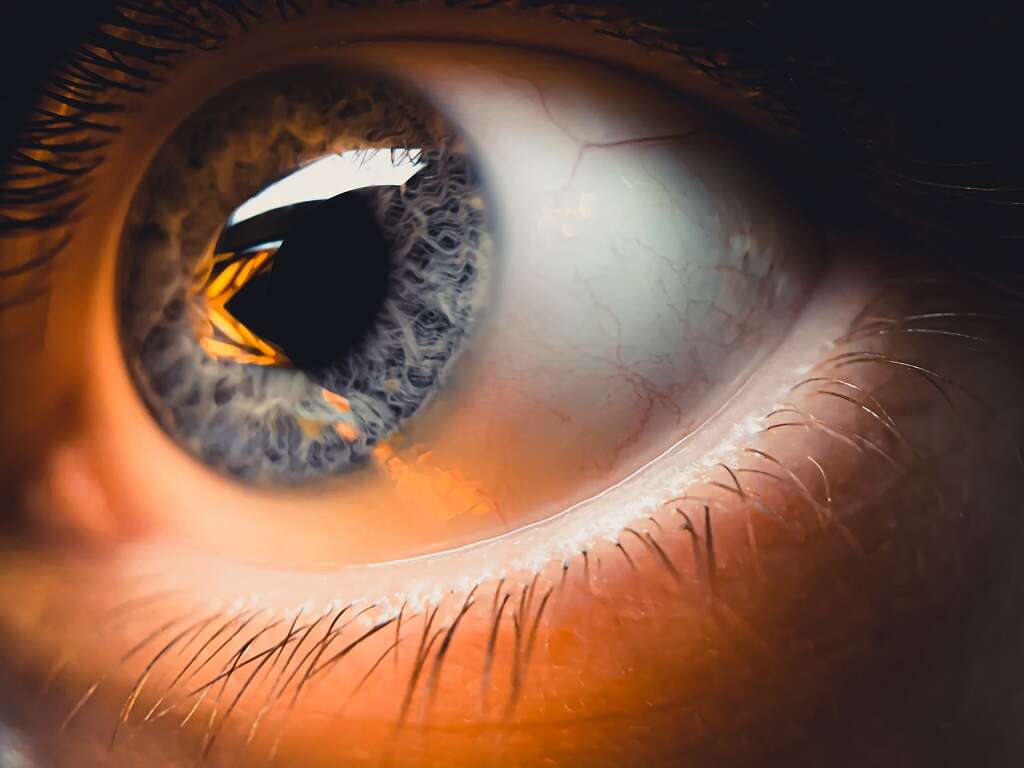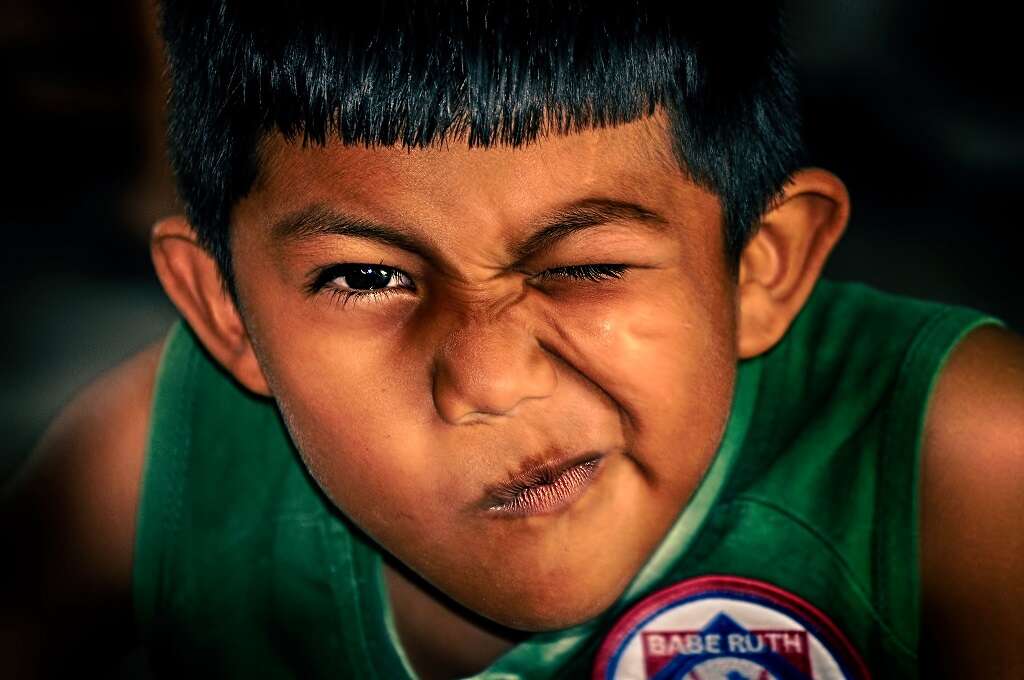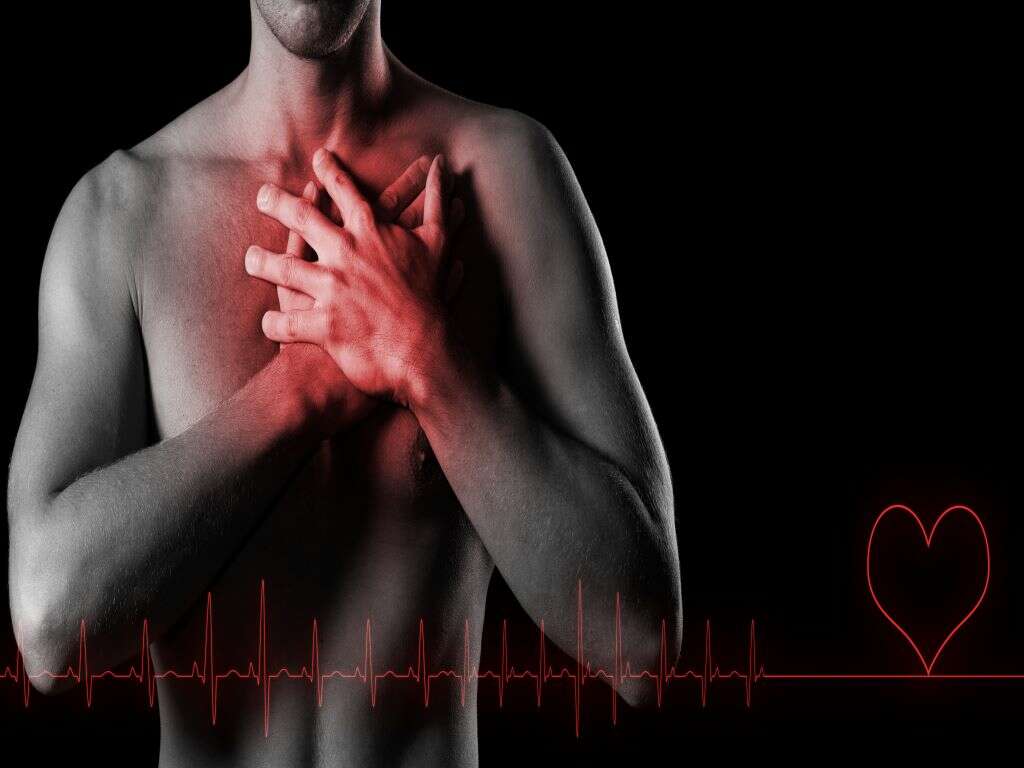10 Moyamoya Symptoms
 Article Sources
Article Sources
- 1. 'Moyamoya Disease.' Mayo Clinic, Mayo Foundation for Medical Education and Research, 1 May 2021, www.mayoclinic.org/diseases-conditions/moyamoya-disease/diagnosis-treatment/drc-20355591
- 2. Zach, Victor, et al. 'Headache Associated with Moyamoya Disease: a Case Story and Literature Review.' The Journal of Headache and Pain, vol. 11, no. 1, 2009, pp. 79–82
- 3. 'Moyamoya Disease Information Page.' National Institute of Neurological Disorders and Stroke, U.S. Department of Health and Human Services, www.ninds.nih.gov/Disorders/All-Disorders/Moyamoya-Disease-Information-Page
- 4. 'Epilepsy.' Johns Hopkins Medicine, www.hopkinsmedicine.org/health/conditions-and-diseases/epilepsy
- 5. Noda, S et al. 'Ocular symptoms of moyamoya disease.' American journal of ophthalmology vol. 103,6 (1987)
- 6. 'Ministroke vs. Regular Stroke: What's the Difference?' Mayo Clinic, Mayo Foundation for Medical Education and Research, 26 May 2021, www.mayoclinic.org/diseases-conditions/transient-ischemic-attack/expert-answers/mini-stroke/faq-20058390
- 7. 'Symptoms of Moyamoya Disease.' Weill Cornell Brain and Spine Center, 16 July 2018, weillcornellbrainandspine.org/condition/moyamoya-disease/symptoms-moyamoya-disease
- 8. McNamara, Lindsay. 'Moyamoya Disease.' Johns Hopkins Pediatric Neurovascular Center, 5 Oct. 2015, www.hopkinsmedicine.org/neurology/neurosurgery/centers/clinics/pediatric/neurovascular/conditions/moyamoya/disease.html
Moyamoya disease, commonly referred to as moyamoya, is a vascular disorder in which blood flow to the brain is reduced due to a narrowed carotid artery. The disease is rare and predominantly affects children, though anyone may get it. It's more common in Asian countries, such as Japan, China and Korea, and genetic factors may be involved.
The disease is serious and may lead to bleeding in the brain, cognitive dysfunction, seizures, disability and stroke. Due to the disease's rarity, it's typically diagnosed after extensive testing by a qualified neurologist. Management may involve medication and surgery.1‘Moyamoya Disease.’ Mayo Clinic, Mayo Foundation for Medical Education and Research, 1 May 2021, www.mayoclinic.org/diseases-conditions/moyamoya-disease/diagnosis-treatment/drc-20355591
Headache
Headaches are commonly seen in those diagnosed with moyamoya disease. These headaches may range in severity, with some studies showing they may sometimes feel similar to migraines and more like tension or cluster headaches at other times. Different people may have different kinds of headaches, although this symptom doesn't occur in everybody with the disease.
Headaches commonly appear sometime before the onset of the disease. One study found the median time between the start of headaches and the diagnosis of moyamoya disease was 9.5 months. Alongside headaches, people have also reported symptoms of nausea, vomiting and light sensitivity.2Zach, Victor, et al. ‘Headache Associated with Moyamoya Disease: a Case Story and Literature Review.’ The Journal of Headache and Pain, vol. 11, no. 1, 2009, pp. 79–82
Stroke
Strokes are one of the most dangerous symptoms of moyamoya disease. When the blood flow to the brain is restricted, additional blood vessels may form in the brain to help supply more blood to the area. Bleeding or hemorrhaging in the brain may also occur.
When left unaddressed, moyamoya disease typically leads to multiple strokes and possible death of the person. Therefore, early diagnosis of moyamoya disease is critical.3‘Moyamoya Disease Information Page.’ National Institute of Neurological Disorders and Stroke, U.S. Department of Health and Human Services, www.ninds.nih.gov/Disorders/All-Disorders/Moyamoya-Disease-Information-Page

Seizures
Seizures may occur as a result of moyamoya disease. Epilepsy may also develop in people with the disease. Anyone who has suffered two or more seizures is typically diagnosed with epilepsy, which is characterized as any disorder in the brain that causes seizures.
Seizures may occur for a number of reasons, including low blood sugar, damage to the nervous system and the lack of blood flow that moyamoya disease causes.4‘Epilepsy.’ Johns Hopkins Medicine, www.hopkinsmedicine.org/health/conditions-and-diseases/epilepsy
Eye Problems
Moyamoya disease may also cause visual disturbances, as whenever blood flow to the brain is interrupted, it may result in several eye problems. If the occipital region of the brain suffers a lack of blood flow, then visual problems may occur.
Ocular symptoms may vary but include amaurosis fugax, which is sudden, temporary loss of vision. This is typically temporary and may affect one or both eyes at once.5Noda, S et al. ‘Ocular symptoms of moyamoya disease.’ American journal of ophthalmology vol. 103,6 (1987)

Ministroke
Ministrokes, also known by their medical name, transient ischemic attacks or TIAs, are caused by a reduced or interrupted blood flow to the brain. Since moyamoya disease halts or stymies the blood's ability to get to the brain, TIAs are commonly seen in those with the disease.
TIAs are serious, as they typically signify a person is at higher risk of having a stroke. On their own, however, they rarely cause permanent brain damage.6‘Ministroke vs. Regular Stroke: What’s the Difference?’ Mayo Clinic, Mayo Foundation for Medical Education and Research, 26 May 2021, www.mayoclinic.org/diseases-conditions/transient-ischemic-attack/expert-answers/mini-stroke/faq-20058390 Both strokes and ministrokes require immediate treatment at the hospital.
Unilateral Weakness, Numbness and Paralysis
Moyamoya disease may result in a weakening or numbing of the muscles in the arm, face and leg. Facial paralysis may develop as well. This typically only occurs on one side of the body, hence the term unilateral.
Commonly, only one side of the body may be affected, as this is common in stroke victims. However, a person with moyamoya disease doesn't have to suffer a stroke to develop this symptom.1‘Moyamoya Disease.’ Mayo Clinic, Mayo Foundation for Medical Education and Research, 1 May 2021, www.mayoclinic.org/diseases-conditions/moyamoya-disease/diagnosis-treatment/drc-20355591

Aphasia
Aphasia refers to difficulty speaking or communicating with people. This condition may be caused by a number of factors, including psychological disorders. In those with moyamoya disease, aphasia may be caused by damage to brain cells or regions of the brain that control speech.
Interruption in blood flow to the brain may lead to problems with cognitive function and may interfere with a person's ability to perform basic tasks. Aphasia may be more likely in those with moyamoya who have suffered a stroke.1‘Moyamoya Disease.’ Mayo Clinic, Mayo Foundation for Medical Education and Research, 1 May 2021, www.mayoclinic.org/diseases-conditions/moyamoya-disease/diagnosis-treatment/drc-20355591
Twitching and Involuntary Movements
Involuntary movements, twitches and muscle spasms may all occur as a result of moyamoya disease. Those with the condition may suffer involuntary movements during a TIA or at random, especially once ministrokes or regular strokes have occurred. This symptom may also signal that a stroke or ministroke is about to occur.
With proper management of moyamoya disease, these involuntary movements may stop. If the disease reaches an advanced stage before being successfully addressed, this symptom may be permanent.7‘Symptoms of Moyamoya Disease.’ Weill Cornell Brain and Spine Center, 16 July 2018, weillcornellbrainandspine.org/condition/moyamoya-disease/symptoms-moyamoya-disease

Inhibited Cognitive Development
Since moyamoya disease is typically seen in children rather than adults, a child's brain development may be severely Impacted, leading to neurological issues. This may manifest in a number of ways.
Children with the disease may suffer a reduced speech capacity, muscle tremors and other forms of cognitive impairment, so it's imperative to address the disease in children as soon as possible. However, this may be difficult, as stroke is typically the first symptom in children.8McNamara, Lindsay. ‘Moyamoya Disease.’ Johns Hopkins Pediatric Neurovascular Center, 5 Oct. 2015, www.hopkinsmedicine.org/neurology/neurosurgery/centers/clinics/pediatric/neurovascular/conditions/moyamoya/disease.html
Symptom Triggers
A number of triggers may induce symptoms in people with moyamoya disease. Headaches and migraines may be initiated by exposure to a powerful light source, strong smells or tastes or overexcitement. Strokes and ministrokes may be brought on by these same triggers as well as by stressful situations, overtiredness and exercise.
Other triggers include crying or intense emotional bouts, fever, coughing, and mental or physical strain. Once identified, these triggers should be avoided at all costs to prevent further damage.1‘Moyamoya Disease.’ Mayo Clinic, Mayo Foundation for Medical Education and Research, 1 May 2021, www.mayoclinic.org/diseases-conditions/moyamoya-disease/diagnosis-treatment/drc-20355591










